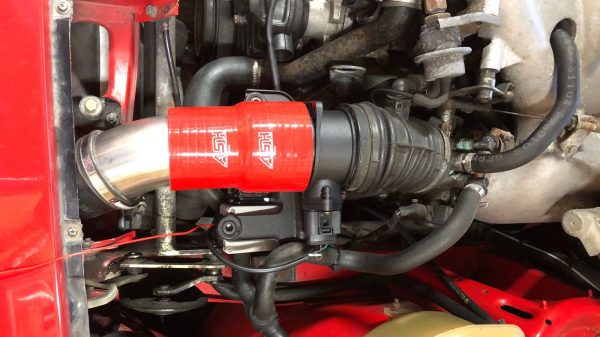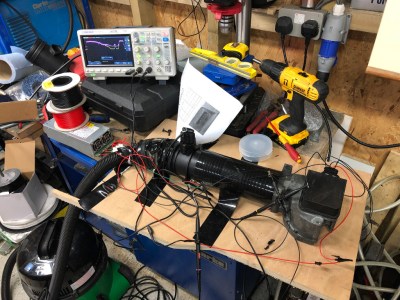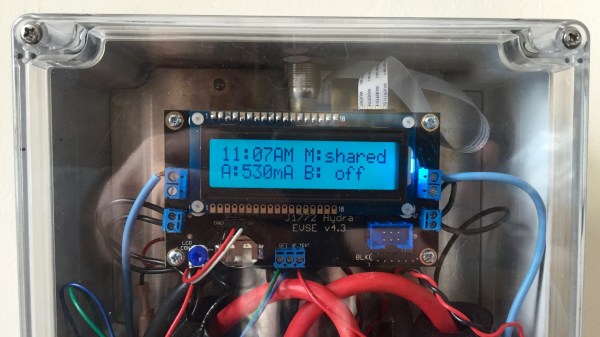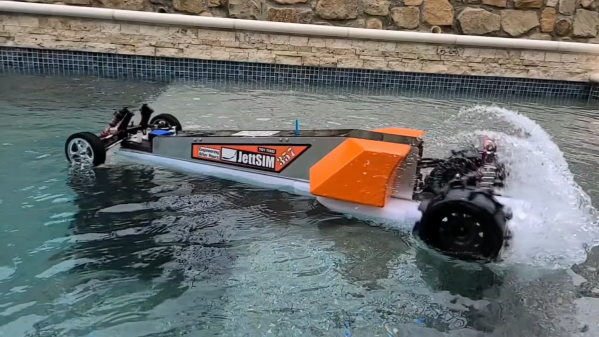The cup was invented in 1570 BC. Despite this, infuriatingly, the cupholder didn’t become common in the automotive world until the early 2000s. Cars built in the years PCH (pre-cupholder) typically also had tape decks. Noticing this relationship, [thephatmaster] designed this useful cassette-deck cupholder accessory.
The design is simple, consisting of a 3D printed ring with a tab that neatly slides into an automotive stereo’s cassette slot. The design does require that the tape deck be empty prior to inserting the cup holder. Given that few cassette players from that era still work, this isn’t much of a drawback. Of course, if you really do need tunes, it wouldn’t be too difficult to integrate a Bluetooth cassette adapter into the printed design.
[thephatmaster] uses the cupholder in a Mercedes W202, and has posted a special inclined version to suit this model. The creator also notes that using it on vehicles like the Mercedes W210 can be a risk. The cupholder typically places the beverage directly above the transmission lever, where any spills can damage switches or other important electronics. Also, the cupholder isn’t designed to work with vertical tape decks, though modification for this layout may be possible.
This build may look silly or pointless to some. But if you’ve ever tried to pull a U-turn in an old manual car while precariously cradling a steaming latte between your legs, you’ll clearly see the value here. It only has to save one pair of pants before it’s paid for itself.
We’ve seen some other creative cupholder hacks before too, like this nifty laptop holder. If you’ve whipped up your own nifty car hacks, send them into the tipsline.


















